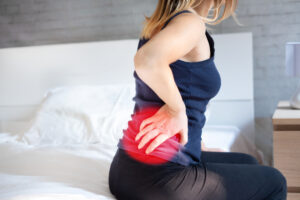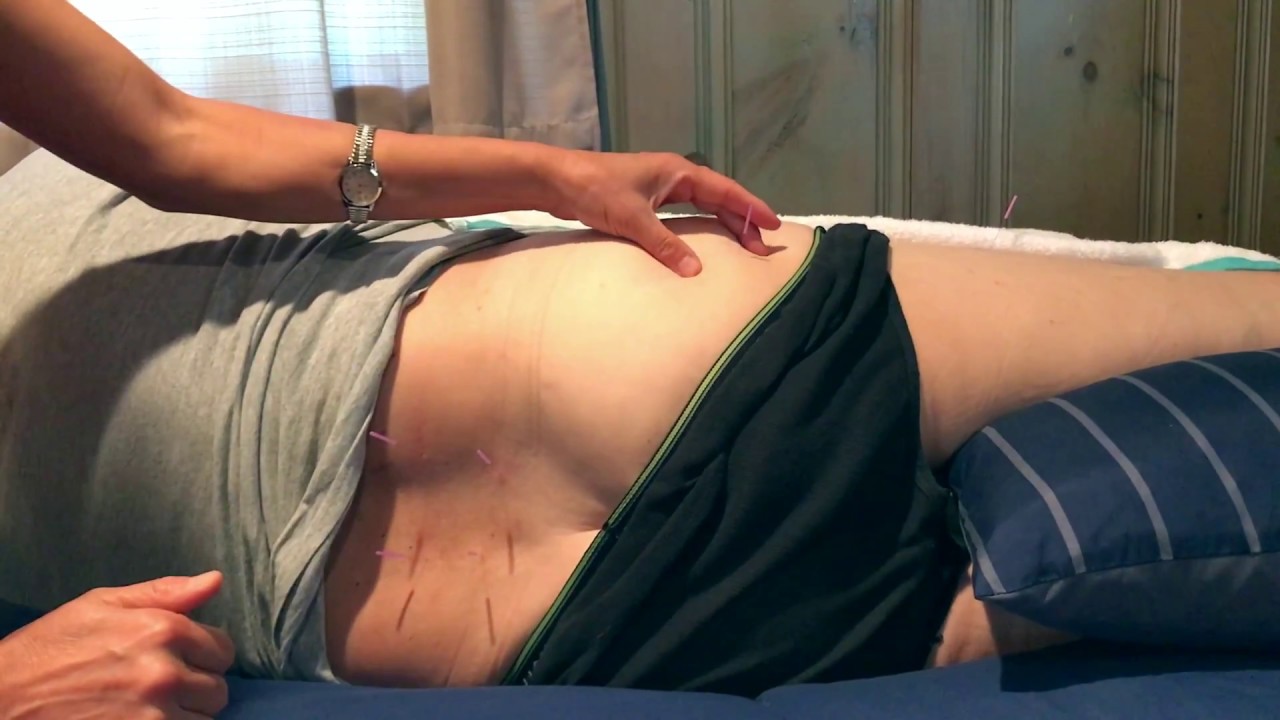Eshealthtips.com – Those with Hip Joint Inflammation can expect to experience pain in the front of the hip and groin. There are various forms of this condition, including Arthritis, Bursitis, and Hip tendonitis. There are also many treatment options, including acupuncture.
Causes of Pain in the Front of the Hip or Groin
Among the many things that cause pain in the front of the hip or groin, arthritis is one of the most common. Pain from arthritis is caused by deterioration of the cartilage that protects the bones. This causes the bones to rub together. Symptoms include stiffness and pain. It may also cause pain in the front of the thigh.
Another cause of pain in the front of the hip or groin is muscle strain. A muscle strain can occur from overdoing exercises or from direct trauma. It is common in older people. Symptoms include pain that is dull or sharp. If the pain becomes severe, a corticosteroid may be administered. It will suppress the immune system and reduce inflammation.

Generally, arthritis is a painful condition that affects the hips and other joints in the body. It can be a very debilitating disease, causing stiffness and pain that can significantly limit your daily activities. It can also cause joint damage, which may lead to joint replacement or other treatments. There are several types of arthritis that can affect the hips, each of which has different symptoms and treatments. The most common type of arthritis that affects the hips is osteoarthritis. It is a degenerative joint disease that causes the cartilage between the hip bones to wear away. Symptoms include pain and stiffness in the joint, as well as bone spurs. If left untreated, osteoarthritis can cause the femoral head (the ball part of the hip joint) to crumble.
Prescribing Medication to Relieve Pain in the Hip Joint
Often, hip joint inflammation is caused by overuse or an injury. If you have hip bursitis, your doctor will prescribe medication to ease the pain. You may also need to rest your hip joint. In some cases, you may be referred to a physical therapist. The two of you will develop a treatment plan that will include physical therapy, pain management, and strengthening exercises. X-rays can help determine if there are bone spurs that are irritating the bursa. An MRI can also be used to see the soft tissues in your hip joint. It can also be used to rule out other conditions that cause joint pain.
Symptoms of hip tendonitis can range from mild to severe. In addition to pain, tendons can become swollen and tender. This can lead to a limp or other medical problems. Symptoms may be worse after sitting or sleeping for long periods of time. If you experience a sudden or severe pain in your hip, you should consult a doctor. A doctor may prescribe anti-inflammatory medications to help with hip tendonitis. Physical therapy can also be used to improve hip strength and reduce inflammation. Your doctor may also order imaging tests. These tests are used to assess the soft tissue in your hip and rule out other conditions.

Whether you are playing sports or just have an active lifestyle, you may be suffering from hip joint inflammation. There are several causes of hip inflammation, including osteoarthritis, trauma, or a preexisting condition. Some people have no symptoms, while others experience pain and stiffness in their hip joint. X-rays and MRI can help identify hip problems. An x-ray will help identify problems with the joint’s structure, while MRI will provide detailed pictures of the soft tissues and bones in the joint.
Safe Natural Therapies for Pain Management
Physical therapy can help reduce the pain associated with hip joint inflammation. Physical therapists use their hands-on skills to help you get back to your normal activities. It’s important to have a doctor prescribe a physical therapy plan to help you manage your pain and improve your quality of life. Whether you suffer from chronic pain or you are looking for a way to reduce inflammation in your hip, acupuncture could be an effective option. Acupuncture is a safe, natural therapy that has been proven to help people overcome pain.

Acupuncture works by stimulating nerves in the hip region, which increases blood circulation and relieves pain. Acupuncture also relieves inflammation and muscle guarding, which are two factors that contribute to hip OA. Hip OA is a common disorder, particularly among older adults. It occurs when the cartilage that cushions bones breaks down, which leads to stiffness and loss of joint motion. It can lead to bone spurs around the affected joint.
Reference :